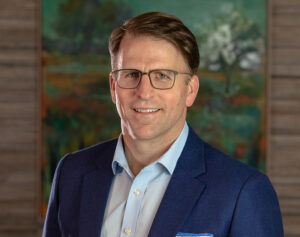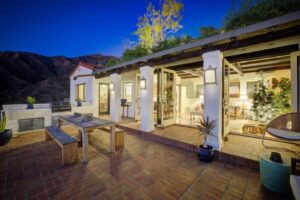UCSF Plans R&D Facility in San Francisco
The University of California at San Francisco is reportedly planning to develop a 284,800-square-foot research facility and outpatient treatment center on part of the site of the former Potrero Power Station, which is in southeast San Francisco on the bay. The UCSF plan is currently being considered by the San Francisco Board of Supervisors.
The research facility would be on Block 2 of the Potrero Power Station Special Use District, which is the legal framework for the redevelopment of the shuttered Potrero Power Station in the Dogpatch neighborhood into a mixed-use project, a long-term redevelopment undertaken by Associate Capital.
The redevelopment district is roughly bounded by 22nd Street, 23rd Street, Illinois Street and the bay. The long-term plan for the district calls for as many as 2,600 housing units, 1.6 million square feet of commercial space, a 250-key hotel and green space.
The UCSF plan would mean that the university would own the block outright, once the city signs off on the plan. Swiss architects Herzog & de Meuron, best known for the de Young Museum, designed the new UCSF building.
READ ALSO: The Top Alternative Asset Class on Institutional Investors’ Radar
The research facility would be the second building in the district so far, following a 105-unit residential development that Associate Capital started in 2023, after funding was approved to make infrastructure improvements in the district.
The city created the district itself in 2020, anticipating that it would add a significant amount of publicly accessible open space and community facilities, increased public access to the waterfront, neighborhood-serving retail, and affordable housing. The site had been devoted to electricity production since the late 19th century, eventually operating as the last fossil fuel power plant in the city, which closed in 2011.
San Francisco life science market cools
Once a hot market, life sciences in the Bay Area cooled as funding got more expensive, though the market is still sizable and active companies are looking for high-quality space. The city managed to eke out positive absorption of nearly 36,500 square feet in the first quarter of 2024, Avison Young reports, compared with negative absorption of more than 278,000 square feet for San Francisco Peninsula as a whole.
Life science vacancies have been rising steadily in the Bay Area, from well below 10 percent just before the pandemic—and in the quarters immediately after the worst of the pandemic—to exceeding 20 percent by the beginning of 2024, with some development still underway. The upshot may be a short-term oversupply in the Bay Area, Avison Young notes.
Total life science employment in the Bay Area has mushroomed in the last 20 years, according to Avison Young, supporting the expansion of life science real estate in the region, with San Francisco forming one of the nation’s main clusters in the industry. In the city, only about 2,000 people worked in the sector in 2002. Twenty years later, the total was more than 13,000.
The post UCSF Plans R&D Facility in San Francisco appeared first on Commercial Property Executive.




